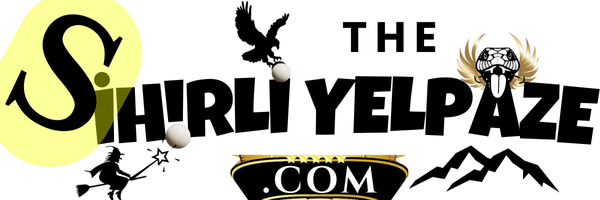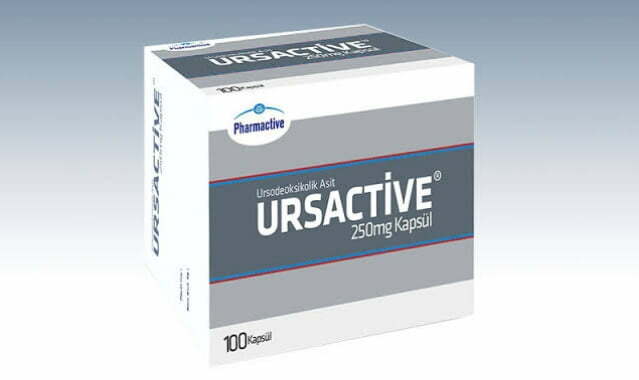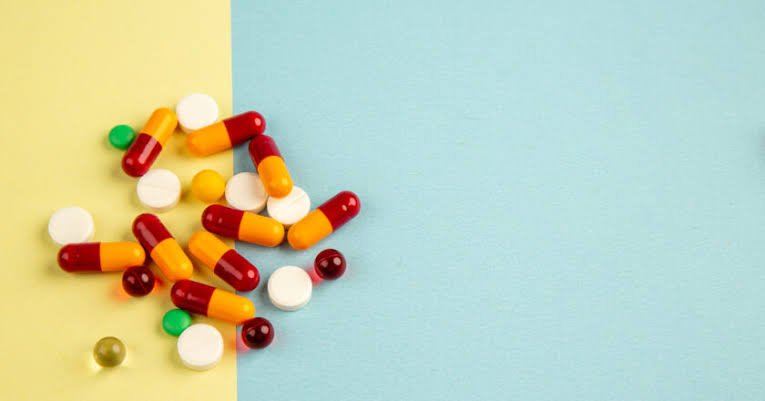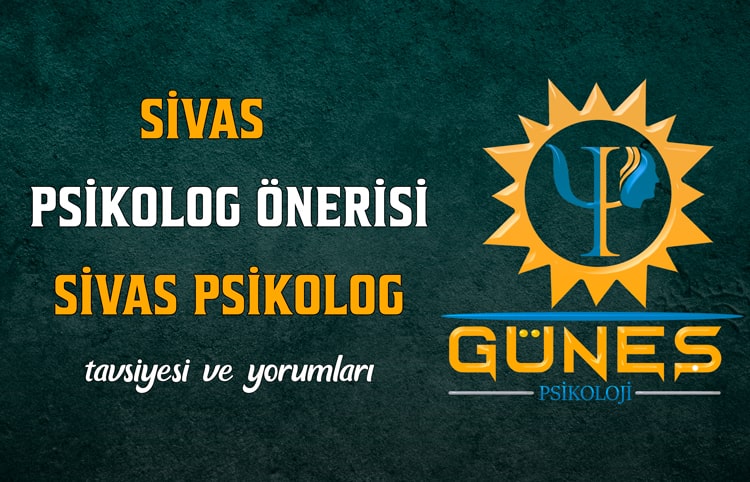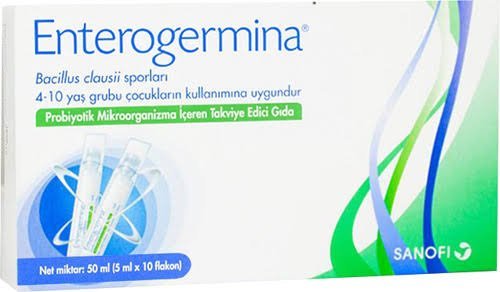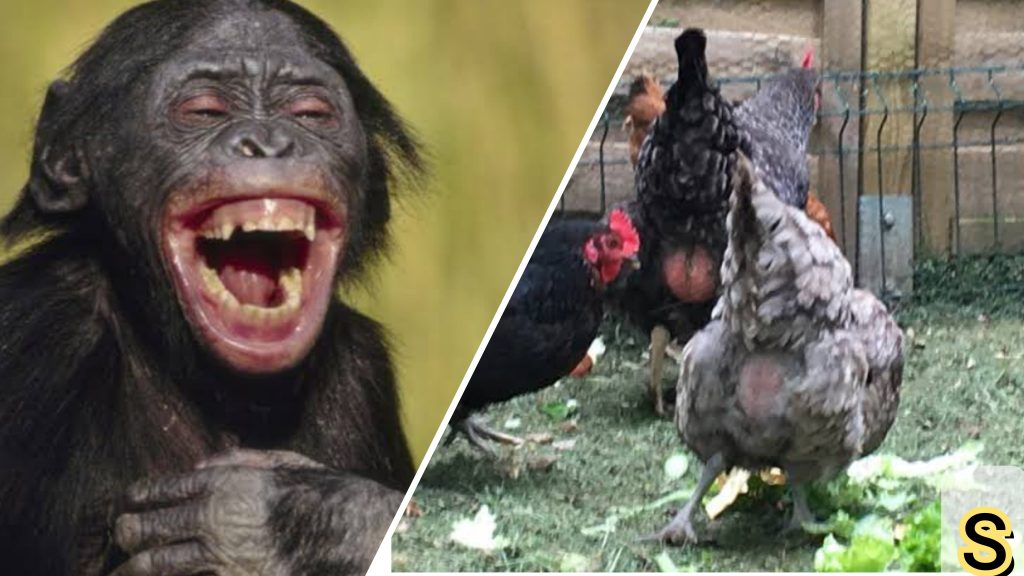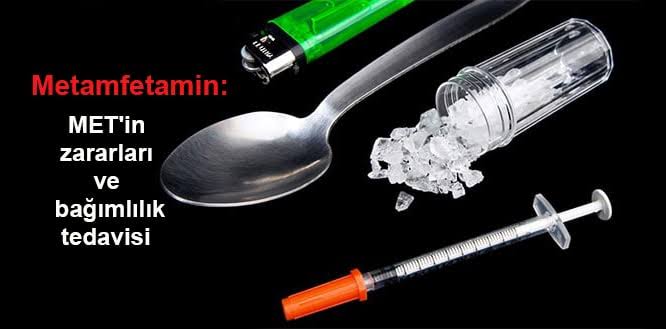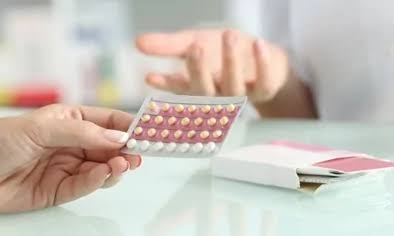🎟️Sihirli Yelpaze Sunar🎭
Hepinize sağlıklı ve hayırlı bir ömür diliyorum. Sıklıkla rastlanılan bir sağlık sorunundan bahsetmek istiyorum sizlere. Hipoglisemi ( yani kan şekeri düşmesi). Kan şekeri neden düşer ve tedavisi nasıl olur? Bu konu hakkında ki bilgileri sizler için derledik. İşte ayrıntılar…
Kan şekeri 70 mg/dl’nin altına düştüğünde hipoglisemi olarak adlandırılır. Bu durum, aşırı insülin salgılanması nedeniyle gelişir. Şiddetine göre hafif, orta ve ağır olarak sınıflandırılabilir.
Kan Şekeri Düşüklüğü Nedir?
Hipogliseminin (kan şekeri düşüklüğünün) en büyük sebebi, sağlıksız ve düzensiz bir beslenme hayatıdır. Karbonhidrattan zengin diyet gibi iyi beslenmeme ve sağlık hayat tarzı da kan şekeri düşüklüğünü etkilemektedir.
Kan şekerinde ki düşüklük, hayati sıkıntılara sebep olabilir ve insülin kullanan her insanda görülme ihtimali vardır. Kan şekerinin ayarı son derece önemlidir. Hipoglisemi tedavisine geç kalınması bilinç kaybı ve hatta ölüme sebebiyet verebilir. Sinsi ve kontrol edilemez bir hastalık olması sebebi ile tehlikelidir ve her daim dikkat edilmesi gerekir. Düzenli bir beslenme ve minimum şeker tüketimi ile hipoglisemiye karşı koyulabilir.
Hipoglisemi – Düşük Kan Şekerinin Belirtileri Nelerdir? |
| diyabet, şeker hastalığı belirtisi ve tedavisi |
Açlık, titreme, huzursuzluk, göz kararması, terleme, dil ve dudakta karıncalanma, solukluk ve çarpıntı gibi yakınmalar, hafif hipoglisemiye işaret etmektedir. Bu durumda ki bir insan, şeker yiyerek kan şekeri düzeyini normal seviyeye yükseltebilir. Baş ve karın ağrısı, solukluk, bulanık görmeye başlama, konuşma zorluğu, uyuşukluk, terleme, taşikardi (kalp atım hızının artması) orta şiddetteki hipoglisemiye işaret ederken, ağır hipoglisemide şeker düzeyi 50 mg/dl’nin çok daha altına düşer ve beynin şekersiz kalması sonucunda bilinç kaybı meydana gelebilir.
Bu aşamada tıbbi bir müdahale gerekir. Belirtileri taşıyan bir bireyin hasta olup olmadığının teşhis edilmesi için, hipoglisemi testi yapılması lüzum eder. Bu test sırasında vücuda bir miktar şeker ilavesi yapılır. Bir zaman sonra kan testi yapılarak, kandaki şeker seviyesi ölçülür. Şeker seviyesinin belli bir oranın altında olmasında gerekli tanı konur.
Her Diyabetli Birey, Kan Şekeri Düşüklüğüne Aynı Şekilde Yanıt Verir Mi?
Özellikle 60 mg/dl altındaki kan şekeri değerlerine bir takım diyabetliler daha farklı yanıt verebilirler; yani hipoglisemi belirtilerini daha az fark edebilirler. Mesela 45 mg/dl düzeyindeki kan şekeri ile herhangi bir şey yokmuş gibi dolaşabilirler.
Bu durumun neyden oluşuğu tam olarak bilinmez ve neden olarak uzun insülin kullanımı, pankreasın kan şekerini yükselten glukagon isimli hormonu yeterince salgılayamaması yada beyin algılama merkez eşiklerindeki değişiklikler olabilir. Özellikle kişi insülini kullanmaya başladıktan sonra, ‘hipoglisemik farkındalık’ gözlenmeye başlamıştır.
Hipoglisemi Tedavisi Nasıl Yapılır?
Eğer hipoglisemiden kuşkulanıyorsanız; yapmanız gereken ilk şey, bir kan şekeri aleti ile şekerinizi ölçmektir. Belirtilerin yanında kan şekeriniz 70 mg/dl’nin aşağısında ise, hipoglisemi tedavisine başlamalısınız. Hipoglisemi tok iken oluşmuş ise 2-3 tane kesme şeker ağzınıza atabilir veya 1 çay bardağı meyve suyu / limonata içebilirsiniz. Eğer ana öğünden 15-30 dakika öncesi hipoglisemi ile karşı karşıya kaldıysanız hemen yemek yiyebilirsiniz. 10-15 dakika içinde herhangi bir değişiklik gözlenmiyor; aksine ağırlaşmaya devam ediyorsa, şeker alımına (aynı oranda) devam edin.
Ağızdan gıda alınmayacak seviyede ki hipoglisemi varlığında, bilinç kaybı durumu oluşuyor ise paranteral, glukoz veya glukagon enjeksiyonu yapılması gerekir. Glukagon kan şekerinin bilinç kaybına sebep olacak kadar düştüğü vaziyetler de yapılan, karaciğerden kana şeker salınımını uyaran bir ilaçtır. Eğer bireyin kan şekeri düştüğünde bilinç kaybı artmış ise, ağızdan hiçbir şekilde herhangi bir şey alınmaz.
İnsan tedavisini kendi kendine uygulayamayacağından, tedaviyi yanındakiler yapmalıdır. Bu sebeple, glukagon enjeksiyonu yapılışını bizzat hasta yakının ile sınıf arkadaşları ve öğretmenleri gibi yakınında bulunanların bilmesi gerekir. Glukagon eczanelerde kullanıma hazır şekilde vardır, enjektör içine çekilerek kas içine uygulanır. Glukagon enjeksiyonu ile kan şekeri 15-20 dakika içerisinde düzeltilebilir. Eğer hastanın bilinci yine açık değil ise, glukagon enjeksiyonu tekrarlanmalı ve hasta en yakın sağlık merkezine ulaştırılmalıdır.
Hipoglisemi tedavisinde belirtilerin tedavisinin yanında beyin işlevlerinin korunması ve yeni atak gelişmesinin önlenmesi amaçlanır. Tedavi planlamasından önce düzenli kan şekeri ölçümleri lüzum edebilir. Genel uygulama, şeker hastasının yaşam tarzı değişimlerine ve beslenme planına uymasıdır. Lakin bir takım durumlarda belirli oranlarda kan şekerini düzenleyen hipoglisemi ilaçları tavsiye edilir. İlaçların doktor kontrolünde ve söylenilen oranda kullanılması gereklidir. Devam eden hipoglisemi ataklarında pankreas ile ilgili olası sorunların araştırılması lüzum edebilir.
Hipoglisemi Diyeti |
| hipoglisemi kan şekeri düşüklüğü nedir ve nasıl tedavi edilir |
Şeker hastası olan bireyler, hipoglisemi atakları oluşmaması adına diyabetik diyetine uymalıdır. Hastalara lifli gıdaları tüketmeleri, sebze, meyve, kuru baklagiller, tahıl ve buğdayda ki sindirilebilir lifleri gereğince tüketmeleri tavsiye edilir. Et, tavuk ve balık daha çok ızgara olarak pişirilmeli, tavuk derisi yenilmemelidir. Toz şeker, bal, reçel, lokum, pasta ve pastaneden alınan her türlü tatlı, basit karbonhidrat içerir.
Basit karbonhidratlar kanda ki şeker oranına büyük ölçüde etki eder ve değiştirir. Bu sebeple, hastaların bunlardan uzak durması ve kompleks karbonhidratlar tüketmesi lüzum eder. Tam buğdaylı ürünler, kepekli makarna, esmer pirinç ve baklagiller, içerisinde kompleks karbonhidrat barındırır. Hipoglisemi hastaları taze meyveleri tüketmelidir, hazır meyve sularında az miktarda da olsa şeker veya tatlandırıcı bulunduğu için bunlar hastalara tavsiye edilmez. Kafeinden zengin kahve, çikolata ve kola, yorgunluğu ve halsizlik durumunu tetikleyeceğinden dolayı, bu gıdalar alınmamalıdır. Alkol kesinlikle tüketilmemelidir. Hastaların çok sık ve çok az miktarda yemek yeme alışkanlığı edinmesi tavsiye edilir.
Reaktif Hipoglisemi Nedir?
Eğer ilk lokmayı aldıktan bir süre sonra yapılan şeker yükleme testinden iki saat sonra şeker seviyesi fazla yükseliyor ve sonra aniden normalin baya altına düşüyor ise, bu durum reaktif hipoglisemi olarak isimlendirilir. Reaktif hipoglisemi, devamlı dikkat gerektiren kronik bir sorundur ve tüketilen yiyeceklere bağlı olarak tepkisel bir şeker düşmesidir. Pankreasın düzensiz şekilde yemek yedikten sonra insülin salgılaması ve şeker seviyesini normalin altına düşürmesi ile ortaya çıkar.
Reaktif Hipoglisemi Nasıl Anlaşılır?
Hipoglisemiden farklı olarak en belirgin belirti, yemek yedikten sonra iki – dört saat içerisinde bir anda oluşan aşırı açlık ve halsizlik hissidir. Birey de tatlı ve şekere aşırı düşkünlük oluşabilir. Bunun yanında aşırı derecede sinirlilik, karamsarlık ve moral bozukluğu da reaktif hipoglisemi belirtileri arasındadır.
Beslenme Düzeni ve Reaktif Hipoglisemi
Reaktif hipoglisemi hastalarının da beslenme düzeni oldukça önemlidir ve reaktif hipoglisemi diyeti yapmaları lüzum eder. Hastalar üç saatten fazla aç kalmamalı ve günde altı ya da sekiz öğün yemelidir. Öğünlerinde protein, karbonhidrat ve yağ oranları dengeli bir şekilde ayarlanmalıdır. Tam tahıllı besinler, kuru baklagiller, sebze ve meyveler gibi posa içeren lifli besinler gerektiği kadar tüketilmelidir. Yine basit şekerlerden ve aşırı yağlı yiyeceklerden uzak durmak, reaktif hipoglisemi diyeti için temel şarttır. Bunun yanında düzenli olarak fiziksel aktivite de diyetin yanında tedavi için etkilidir.
Reaktif Hipoglisemi Nasıl Tedavi Edilir?
Diyet ve sporun yanında insülini azaltan ilaçlar alınabilir. Genellikle ilaçla tedavi edilmemekle birlikte ilaçla tedavi edilen durumlarda ilaçların dozu ve sıklığı kan şekeri seviyesine göre belirlenmektedir.
Doktor kontrolünde sürekli kan şekeri ölçümü, diyete uyulması ve günlük yaşantının yeniden düzenlenmesi lüzum eder. Ayrıca altta yatan herhangi bir problem varlığının araştırılması, eğer varsa bu sorunun bir an önce tedavisi lüzum eder. Bu hastalar tüm yaşantıları boyunca sağlıklı beslenmeye dikkat etmeli, spor yapmalı ve kendileri ile yeteri kadar iyi ilgilenmelidir.
İnsülin tedavisi alan şeker hastaları ve reaktif hipoglisemi hastaları, yanlarında her zaman şekerli ve tatlı bir yiyecek taşımalıdır. Lakin bunlar sadece kısa vadeli ve acil durumlar için işe yarayan çözümlerdir. Şeker ihtiyacı için daha çok meyve ve sebze tüketmek ve hazır basit şekerli gıdalardan uzak durmak herkesin sağlıklı yaşam için herkesin tercihi olmalıdır.
Sizler için kan şekeri düşüklüğü hakkında bilgiler verdik. Bu konu hakkında ki soru ve düşüncelerinizi, yorumlar da bizimle paylaşmayı unutmayın…
Makalemizi paylaşmayı ve duygularınızı emoji simgeleriyle ifade etmeyi unutmayın 🤗
🎟️Offers a Magic Fan🎭
I wish you all a healthy and prosperous life. I would like to talk to you about a common health problem. Hypoglycemia (i.e. low blood sugar). Why does blood sugar drop and how is it treated? We have compiled information on this subject for you. Here are the details…
When blood sugar falls below 70 mg/dl, it is called hypoglycemia. This condition develops due to excessive secretion of insulin. It can be classified as mild, moderate and severe according to its severity.
What is Low Blood Sugar?
The biggest cause of hypoglycemia (low blood sugar) is an unhealthy and irregular diet. Like a diet rich in carbohydrates, poor nutrition and a healthy lifestyle also affect low blood sugar.
Low blood sugar can cause life problems and it is possible for every person using insulin. The regulation of blood sugar is extremely important. Delay in the treatment of hypoglycemia can lead to unconsciousness and even death. Because it is an insidious and uncontrollable disease, it is dangerous and should always be taken care of. Hypoglycemia can be resisted with a regular diet and minimum sugar consumption.
Hypoglycemia – What Are the Symptoms of Low Blood Sugar?
diabetes, diabetes symptom and treatment
Complaints such as hunger, tremor, restlessness, blackout, sweating, tingling in the tongue and lips, pallor and palpitation indicate mild hypoglycemia. A person with this condition can raise their blood sugar level to normal by eating sugar. Head and stomach pain, pallor, blurred vision, difficulty in speaking, drowsiness, sweating, tachycardia (increased heart rate) indicate moderate hypoglycemia, while in severe hypoglycemia, the sugar level drops much below 50 mg/dl and as a result of the brain being sugar-free. loss of consciousness may occur.
At this stage, medical intervention is required. To diagnose whether an individual with symptoms is sick, testing for hypoglycemia is necessary. During this test, some sugar is added to the body. After a while, a blood test is done to measure the level of sugar in the blood. If the sugar level is below a certain level, the necessary diagnosis is made.
Does Every Person With Diabetes Respond To Low Blood Sugar In The Same Way?
In particular, some diabetics may respond differently to blood sugar values below 60 mg/dl; in other words, they may notice the symptoms of hypoglycemia less. For example, they can walk around with a blood sugar level of 45 mg/dl as if nothing is happening.
The cause of this situation is not known exactly, and the reason may be long insulin use, the inability of the pancreas to secrete the hormone glucagon, which raises blood sugar, or changes in the brain perception center thresholds. Especially after the person started to use insulin, ‘hypoglycemic awareness’ began to be observed.
How Is Hypoglycemia Treated?
If you suspect hypoglycemia; The first thing you should do is measure your sugar with a blood glucose meter. In addition to the symptoms, if your blood sugar is below 70 mg/dl, you should start hypoglycemia treatment. If hypoglycemia occurs when you are full, you can put 2-3 sugar cubes in your mouth or drink 1 tea glass of fruit juice / lemonade. If you are faced with hypoglycemia 15-30 minutes before the main meal, you can eat immediately. No changes are observed within 10-15 minutes; on the contrary, if it continues to get heavier, continue sugar intake (at the same rate).
In the presence of hypoglycemia at a level where food cannot be taken orally, if loss of consciousness occurs, parenteral, glucose or glucagon injections are required. Glucagon is a drug that is used in situations where blood sugar drops so low that it causes loss of consciousness, and it stimulates the release of sugar from the liver into the blood. If the individual’s loss of consciousness increases when blood sugar drops, nothing is taken by mouth in any way.
Since a person cannot apply the treatment by himself, the people around him should do the treatment. For this reason, the patient’s relative and those close to him, such as classmates and teachers, should know how to inject glucagon. Glucagon is available in pharmacies ready to use, it is administered intramuscularly by injecting into a syringe. With glucagon injection, blood sugar can be corrected within 15-20 minutes. If the patient is still unconscious, the glucagon injection should be repeated and the patient should be transported to the nearest health center.
In the treatment of hypoglycemia, besides the treatment of symptoms, it is aimed to protect brain functions and prevent the development of new attacks. Regular blood glucose measurements may be needed before treatment planning. The general practice is for the diabetic to comply with the lifestyle changes and diet plan. However, in some cases, hypoglycemia drugs that regulate blood sugar at certain rates are recommended. It is necessary to use the drugs under the supervision of a doctor and at the prescribed rate.
It may be necessary to investigate possible problems related to the pancreas in ongoing hypoglycemia attacks.
Hypoglycemia Diet
What is hypoglycemia and how is it treated?
Individuals with diabetes should follow their diabetic diet in order to avoid hypoglycemia attacks. Patients are advised to consume fibrous foods and to consume digestible fibers in vegetables, fruits, legumes, grains and wheat as required. Meat, chicken and fish should be cooked more on the grill, chicken skin should not be eaten. Powdered sugar, honey, jam, Turkish delight, pastry and all kinds of sweets from the bakery contain simple carbohydrates.
Simple carbohydrates greatly affect and change the level of sugar in the blood. For this reason, patients should avoid them and consume complex carbohydrates. Whole wheat products, whole wheat pasta, brown rice and legumes contain complex carbohydrates. Patients with hypoglycemia should consume fresh fruits, they are not recommended for patients because they contain small amounts of sugar or sweeteners in ready-made fruit juices. Caffeine-rich coffee, chocolate and cola should not be taken because they will trigger fatigue and weakness. Alcohol should never be consumed. It is recommended that patients acquire the habit of eating very often and in very small quantities.
What is Reactive Hypoglycemia?
If the sugar level rises too much two hours after the sugar loading test, which is done after a while after taking the first bite, and then suddenly drops below normal, this situation is called reactive hypoglycemia. Reactive hypoglycemia is a chronic problem that requires constant attention and is a reactive sugar drop due to the food consumed. It occurs when the pancreas secretes insulin after eating irregularly and lowers the sugar level below normal.
How is Reactive Hypoglycemia Diagnosed?
Unlike hypoglycemia, the most obvious symptom is the feeling of extreme hunger and weakness that occurs within two to four hours after eating. The individual may also develop an overindulgence in sweets and sugar. In addition, excessive irritability, pessimism and low mood are among the symptoms of reactive hypoglycemia.
Diet and Reactive Hypoglycemia
The diet of patients with reactive hypoglycemia is also very important and they need to have a reactive hypoglycemia diet. Patients should not fast for more than three hours and should eat six or eight meals a day. Protein, carbohydrate and fat ratios should be balanced in their meals. Fiber-containing foods such as whole grain foods, legumes, vegetables and fruits should be consumed as needed. Again, avoiding simple sugars and high-fat foods is essential for a reactive hypoglycemia diet. In addition, regular physical activity is also effective for treatment alongside diet.
How Is Reactive Hypoglycemia Treated?
In addition to diet and sports, medications that reduce insulin can be taken. Although it is not usually treated with medication, the dose and frequency of drugs in drug-treated cases are determined by blood sugar level.
It is necessary to constantly measure blood sugar, follow the diet and reorganize daily life under the control of a doctor. In addition, any underlying problem should be investigated and, if any, this problem should be treated as soon as possible. These patients shay attention to a healthy diet, do sports and take good care of themselves throughout their lives.
Diabetics on insulin therapy and patients with reactive hypoglycemia should always carry a sugary and sweet treat with them. However, these are solutions that only work for short-term and emergency situations. Consuming more fruits and vegetables for sugar needs and staying away from ready-made simple sugary foods should be everyone’s choice for a healthy life.
We have given you information about low blood sugar. Do not forget to share your questions and thoughts on this subject, as well as in the comments…
🎟️Magic Fan Presented🎭
Don’t forget to share our article and express your feelings with emoji icons 🤗
English of the ar







